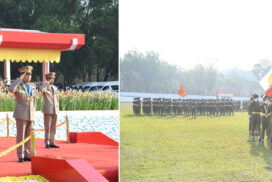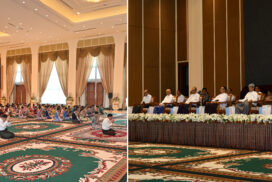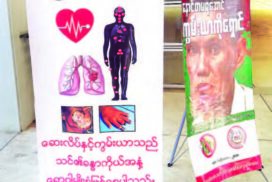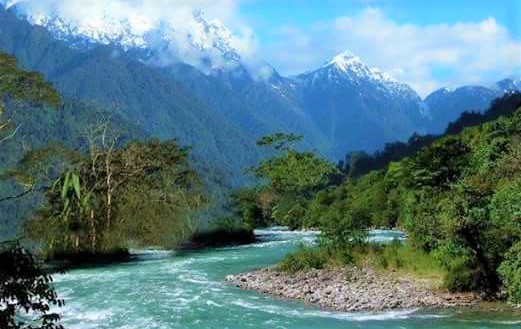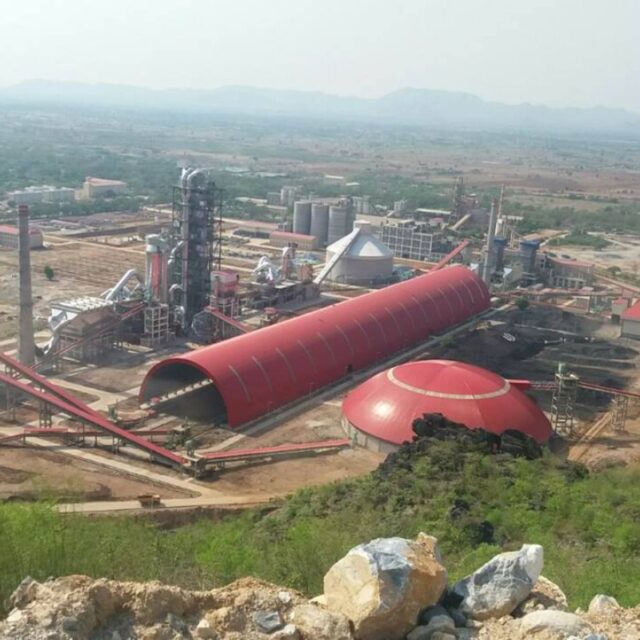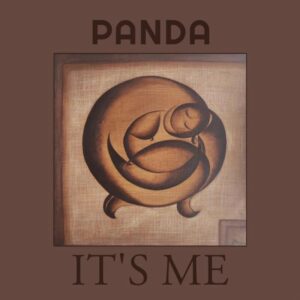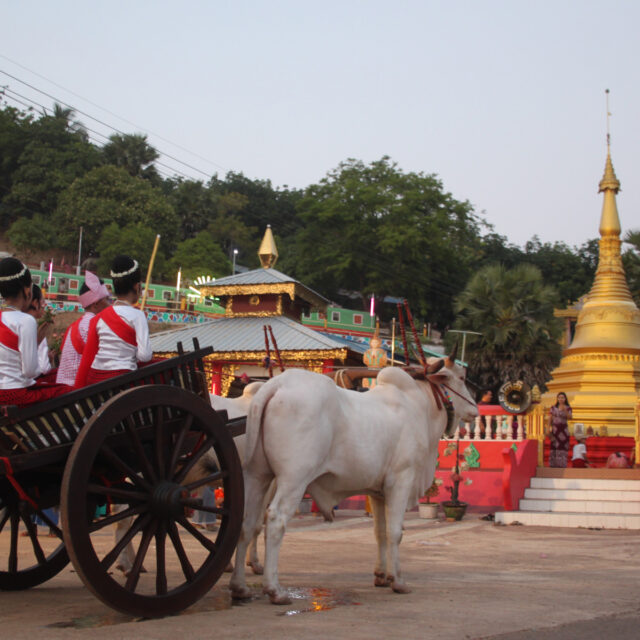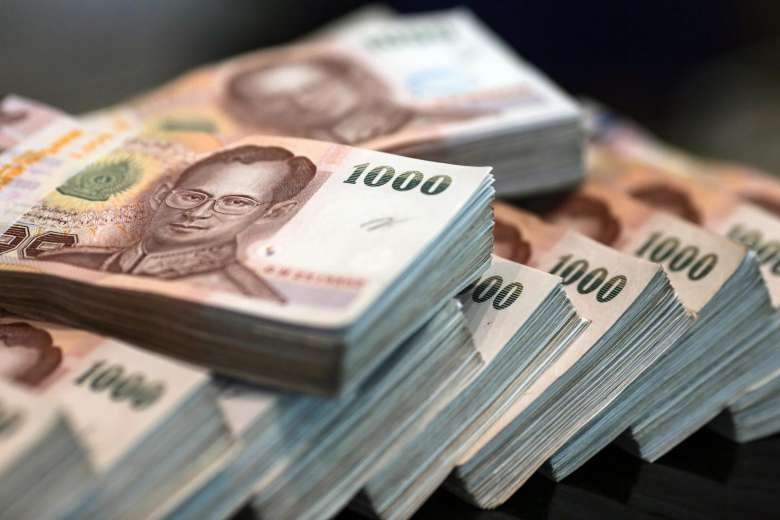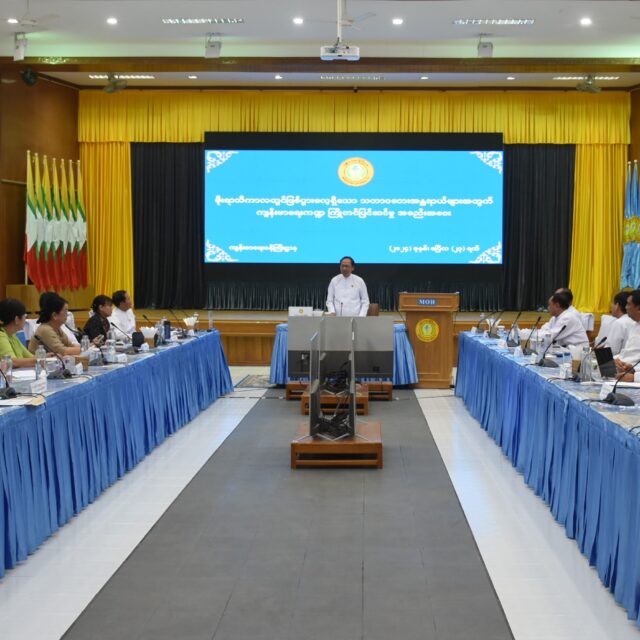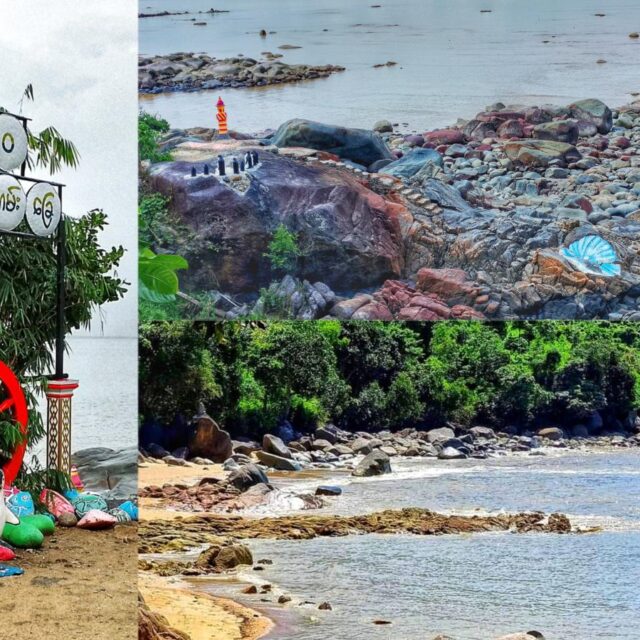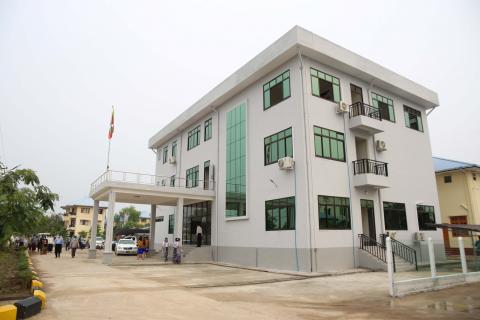A ceremony to unveil statues of seven commanders-in-chief and commanders-in-chief of defence services (retired) who served at the Myanma Tatmadaw in successive eras took place at the booth of the head of the Defence Services Museum in Nay Pyi Taw yesterday afternoon, attended by Chairman of the State Administration Council Commander-in-Chief of Defence Services Senior General Min Aung Hlaing.
Also present at the ceremony were Vice-Chairman of the Council Deputy Commander-in-Chief of Defence Services Commander-in-Chief (Army), Vice-Senior General Soe Win, Council member General Mya Tun Oo, Admiral Tin Aung San, General Maung Maung Kyaw and Lt-Gen Moe Myint Tun, Council Secretary Lt-Gen Aung Lin Dwe and Joint Secretary Lt-Gen Ye Win Oo, Union Ministers Lt-Gen Soe Htut and Lt-Gen Tun Tun Naung, Chief of the General Staff (Army, Navy and Air) General Maung Maung Aye, Commander-in-Chief (Navy) Admiral Moe Aung, senior military officers from the Office of the Commander-in-Chief, retired senior military officers, the commander of Nay Pyi Taw Command and officials.
In his address, the Senior General said perpetuation of a country’s independence and sovereignty absolutely depends on its armed forces. Long term existence and strength of armed forces also rely on constant maintenance of the fine traditions of the Tatmadaw. In looking back more than 1,000 years old Myanmar history, whenever the Tatmadaw strengthened, the country was powerful. The histories distinctly mentioned that whenever the Tatmadaw was weak with disunity, the country was in disarray. For Myanmar, anyone cannot deny the fact that “only when the Tatmadaw strengthens will the nation be powerful”. It is a reality. During the over 75 years period from the birth to date, the Tatmadaw was titled under various names as well as leaders, commanders and service members changed. Although they shouldered the duties in successive eras, the Tatmadaw’s prestige has been glittering without fade-out thanks to its fine traditions under the leadership of the commanders-in-chief and commanders-in-chief of defence services.
These fine traditions were sowed by General Aung San and Thirty Comrades, who established the Tatmadaw, and leaders and commanders who shouldered the duties continuously have been preserving the traditions. Hence, the Tatmadaw is standing tall as a national force till today.
Eight commanders-in-chief and commanders-in-chief of defence services discharged duty from the time when Myanmar regained its independence to date. They were Lt-Gen Smith Dun, General Ne Win, General San Yu, General Tin Oo, General Thura Kyaw Htin, Senior General Saw Maung, Senior General Than Shwe and himself, said the Senior General. With regard to brief profiles of duties discharged by predecessor commanders-in-chief and commanders-in-chief of defence services, Lt-Gen Smith Dun joined the Tatmadaw on 8 November 1924 and served in various capacities. He did the chief of staff (commander-in-chief) in 1945 and retired from the Tatmadaw on 31 January 1949.
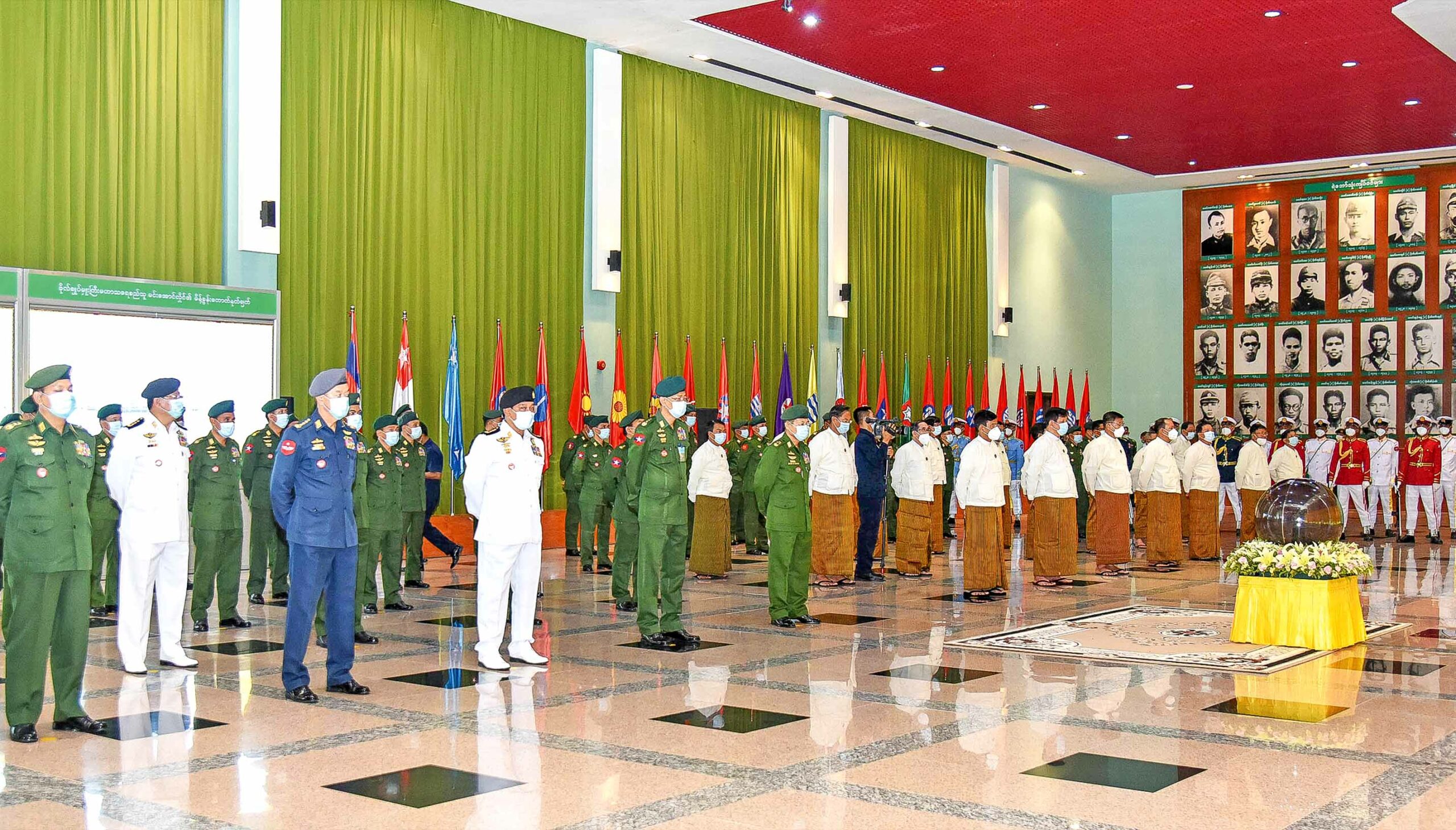
After starting the Second World War, the Thirty Comrades was formed in connection with Japan to undergo military training rapidly. In so doing, Thakin Shu Maung (aka) General Ne Win was one of Thirty Comrades. The Burma Independence Army was formed in Bangkok of Thailand on 27 December 1941. Four columns marched into Myanmar, and Bo Ne Win led the inner rebellion column. During the resistance process, he served the various capacities and discharged duties of State Prime Minister in the time of the Caretaker Government from 1958 to 1960 and Chairman of the Revolutionary Council in 1962 and retired from the Tatmadaw on 20 April 1972. Then, he served as President of the State from 1974 to 1981 and Chairman of Myanmar Socialist Programme Party from 10 November 1981 to 23 July 1988 and then took retirement.
General San Yu joined the Burma Independence Army in 1942 and discharged various duties. He served as Deputy Chief of Staff (Army) in 1963 and Chief of Staff, Minister for Defence and Deputy Prime Minister with the rank of General from 20 April 1972 to 7 March 1974. He retired from the Tatmadaw on 7 March 1974 and served as Secretary of the State Council, Minister for Finance and Revenue, Minister for National Planning, General Secretary of Central Committee of Myanmar Socialist Programme Party, Chairman of Party Discipline Committee in 1981, Chairman of the State Council and President of the State in 1981 and retired from the duties on 25 July 1988.
General Tin Oo joined the Tatmadaw on 26 February 1946 and served different duties. He served as Commander-in-Chief with the rank of General on 8 March 1974 and retired from the Tatmadaw on 6 March 1976. General Thura Kyaw Htin joined the Burma Defence Army (BDA) as the rank of private in 1943 and served various duties. He discharged duties of the commander of Yangon Command and Deputy Chief of Staff (Army) in 1969 and Commander-in-Chief with the rank of General on 6 March 1976. He retired from the Tatmadaw on 4 November 1985.
Senior General Saw Maung joined the Tatmadaw on 23 December 1949 with serving various duties. He discharged responsibilities of the Commander-in-Chief with the rank of Lt-Gen starting from 4 November 1985. He was promoted to the position of General in 1986. He served as Chairman of the State Law and Order Restoration Council and Commander-in-Chief of Defence Services as of 18 September 1988. He became Senior General in 1990 and retired from the Tatmadaw on 24 April 1992.
Senior General Than Shwe attended the 9th intake of cadet courses in 1952 and served the various capacities. He was assigned commander of South-West Command in 1985 and promoted to the rank of Major-General in 1986 and Lt-Gen in 1987. He was appointed as Deputy Minister for Defence in 1988 and Vice-Chairman of the State Law and Order Restoration Council on 18 September 1988. He was promoted to the rank of General in 1990 and assigned duties of Deputy Commander-in-Chief of Defence Services Commander-in-Chief (Army). He served as Chairman of the State Law and Order Restoration Council starting from 24 April 1992 in addition to Minister for Defence, Prime Minister of the State and Commander-in-Chief of Defence Services. He was appointed as Senior General on 23 April 1993, and he took retirement from the Tatmadaw on 30 March 2011.
The tradition of the Tatmadaw leading the national cause was the noblest, which could not be compared with any organizations. The Tatmadaw has been steadfastly leading the rehabilitation and development tasks of the State, fulfilling the needs of the country. So, it is a reliable one of the people. The great national tradition of the Tatmadaw was steered by commanders-in-chief and commanders-in-chief of defence services.
The Senior General expressed his anticipation that as a gesture of honouring those commanders-in-chief and commanders-in-chief of defence services, who led efforts for strengthening of the Tatmadaw, their statues were carved in their honour and displayed at the Defence Services Museum to foster the spirit of adoring the independence of Myanmar, ensure dynamism of patriotic spirit to modernize the country and continuously turn out human resources capable of building a peaceful, developed nation.
The Senior General unveiled statues of seven commanders-in-chief and commanders-in-chief of defence services while the Guard of Honour paid a tribute.
The Senior General and party viewed round the statues and preparations at the booth to mark the 76th Anniversary of Armed Forces Day at the Defence Services Museum.
The carving of these statues was based on computer designs by a 3D graphic using photos. Then, software was developed to carve the statues with the use of the CNC machine. Each sculpture is 12 inches long, 10.5 inches wide and 24 inches high. — MNA


